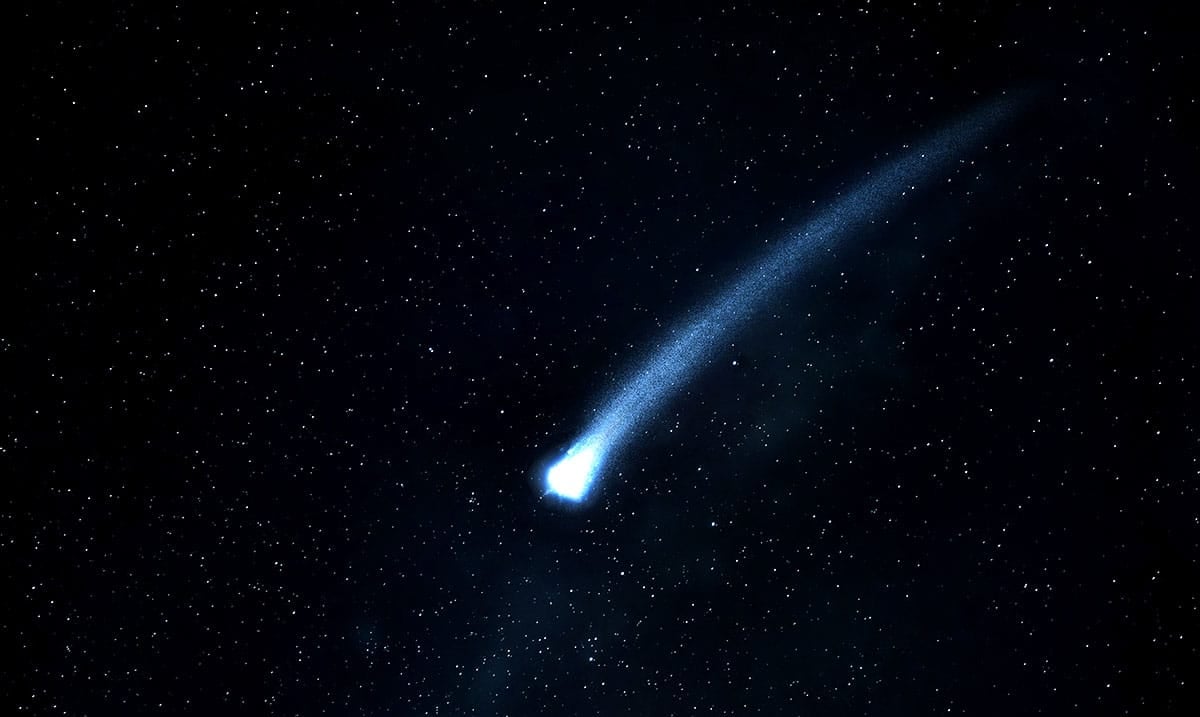Outer space is one of the most mysterious natural wonders to behold. Part of what makes it so mysterious is because there is so much out there that could bring life as we know it to an end, without much notice.
That might sound sensational to you, but I assure you it’s not. Just the other day, an asteroid crashed into the Arctic Ocean, just hours after it was discovered. While it was just a tiny (10-feet across) asteroid that didn’t cause much damage, imagine what would happen if it was big enough to be a planet killer?
For the most part, even though NASA cannot catch everything, they do tend to keep a watch-out for massive objects that are heading towards Earth. One of the objects they have been observing for some time is known as the Swift-Tuttle comet.
If you are a fan of meteor showers, then you likely have heard of the Perseids which happen each year around mid-August. The Perseids are a trail of debris that has been left by the Swift-Tuttle comet. And while it is responsible for something quite beautiful, experts warn that one day it could prove to be the end of life on our planet as we know it.
The Swift-Tuttle comet makes a periodic orbit around the Sun every 133 years. Due to the size of the comet, which is around 16 miles across, it is considered to be a danger to our planet. For comparison, the comet that destroyed the dinosaurs was only half the size of the Swift-Tuttle comet. Not only that, but Space.com cites that it is moving four times as fast as the comet that brought the dinosaurs to extinction.
It is for that reason that this comet is known as the “most dangerous object known to humanity,” according to Forbes.
Fortunately, for now, we are marked safe, as its last orbit this close to Earth was in December 1992. Until 2126, it is not expected to orbit close to Earth. During the 2126 orbit, it’s expected to be within 14.2 million miles of Earth.
Unfortunately, even with it being that far, it still could impact Earth. According to Medium, each orbit has a 0.000002 chance of hitting Earth, which is six times greater than our odds of hitting the Powerball.
Scientists have mapped out its orbit for the next few thousand years, and according to them, it will come extremely close in 4479 and could bring life on Earth to extinction.
If and when it does hit Earth, “It will be a very bad day for Earth,” Donald Yeomans from NASA’s Jet Propulsion Laboratory told Live Science. Upon impacting the ocean, it would trigger earthquakes and tsunamis that would destroy the planet.

